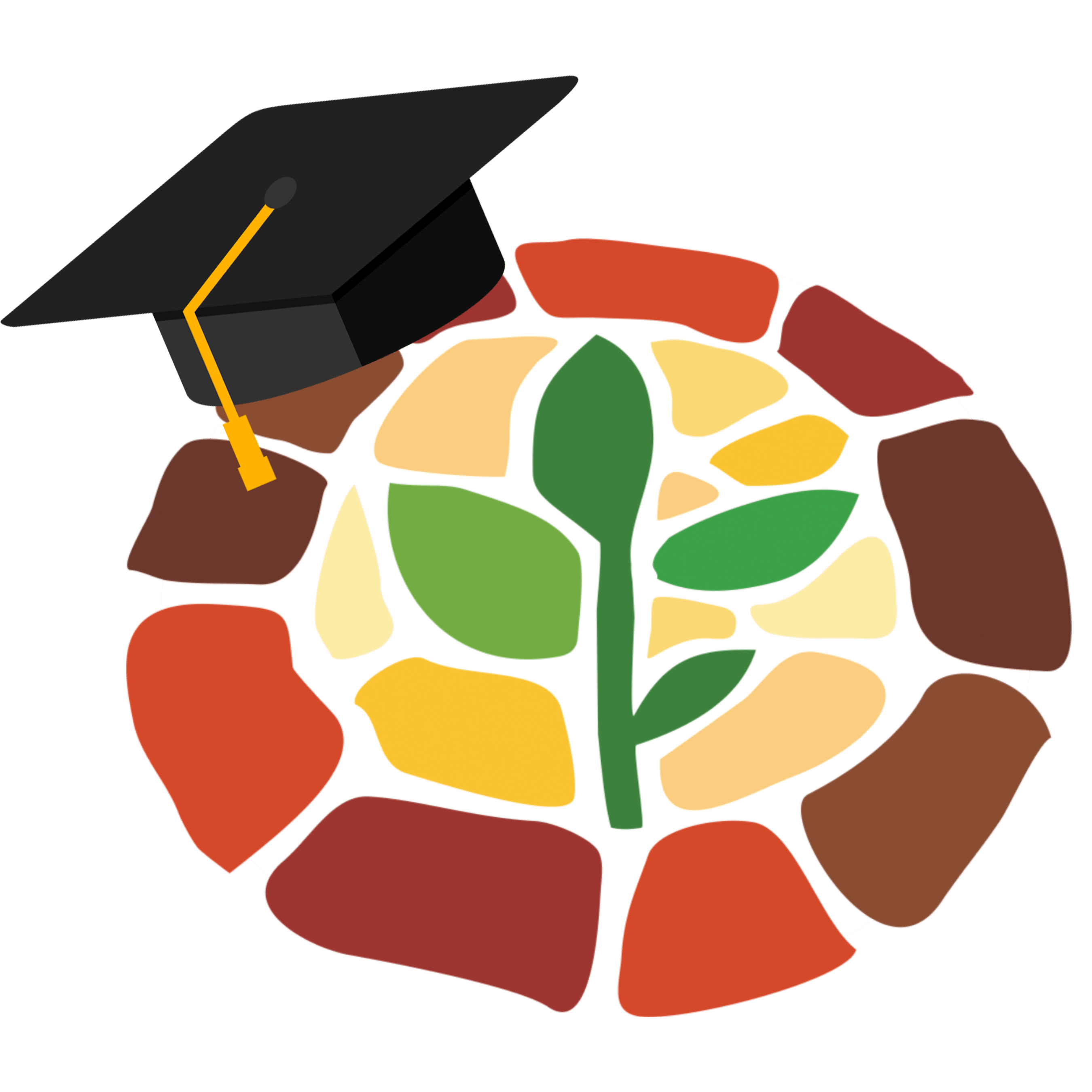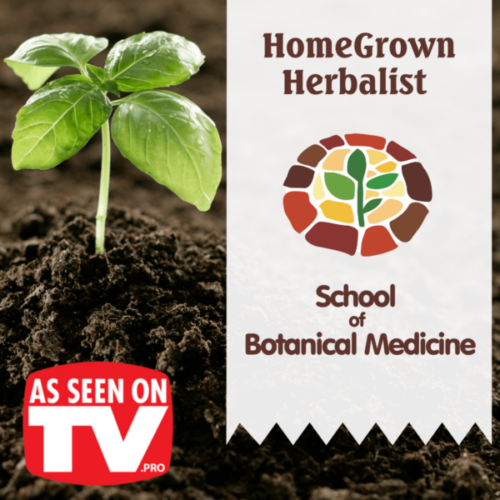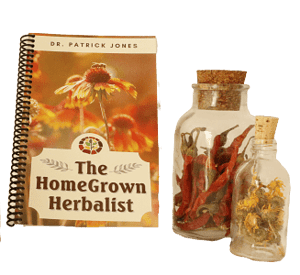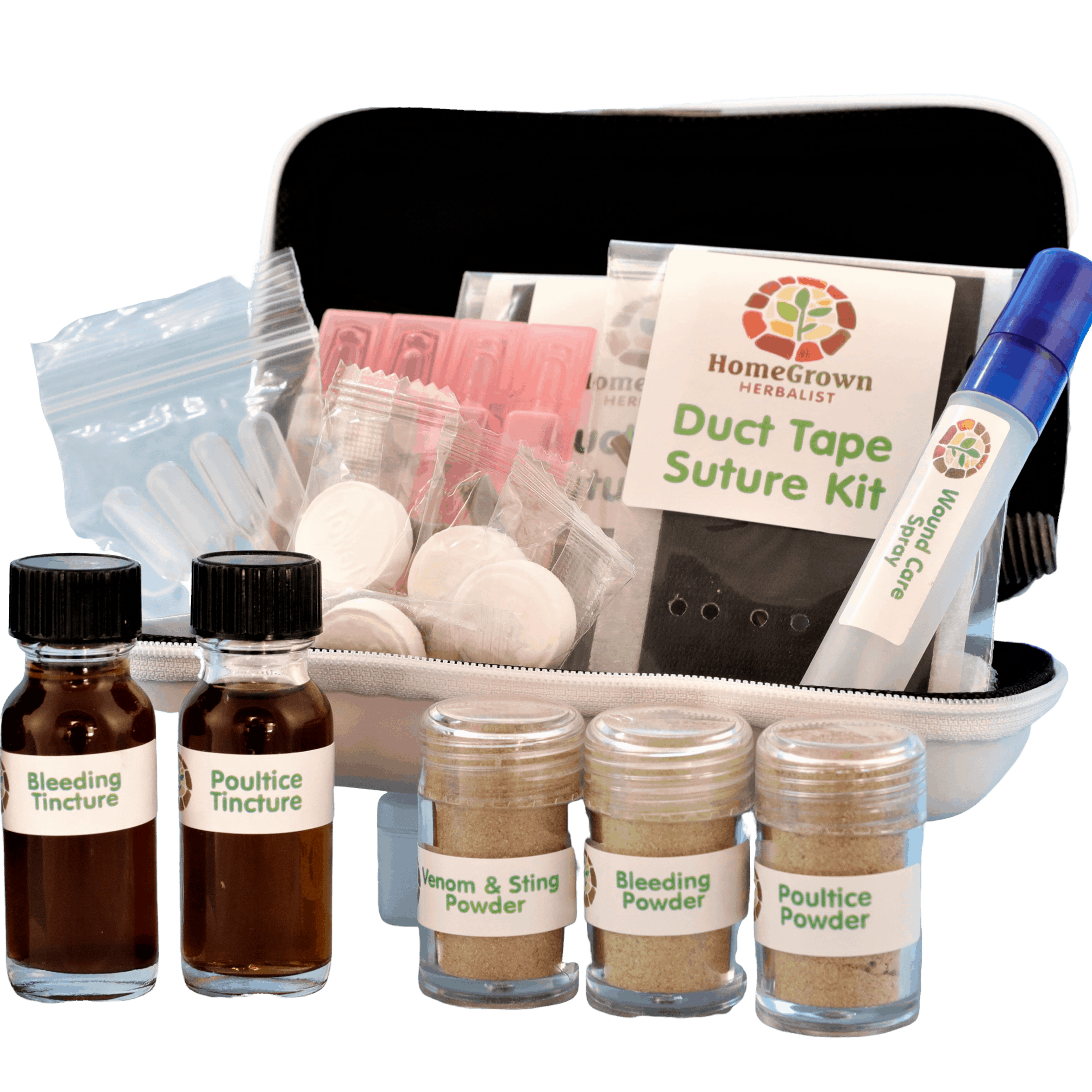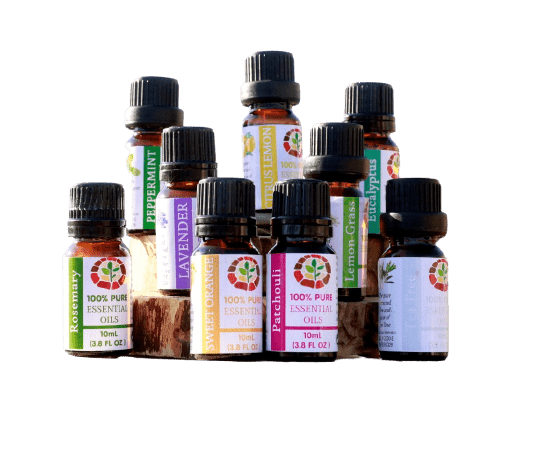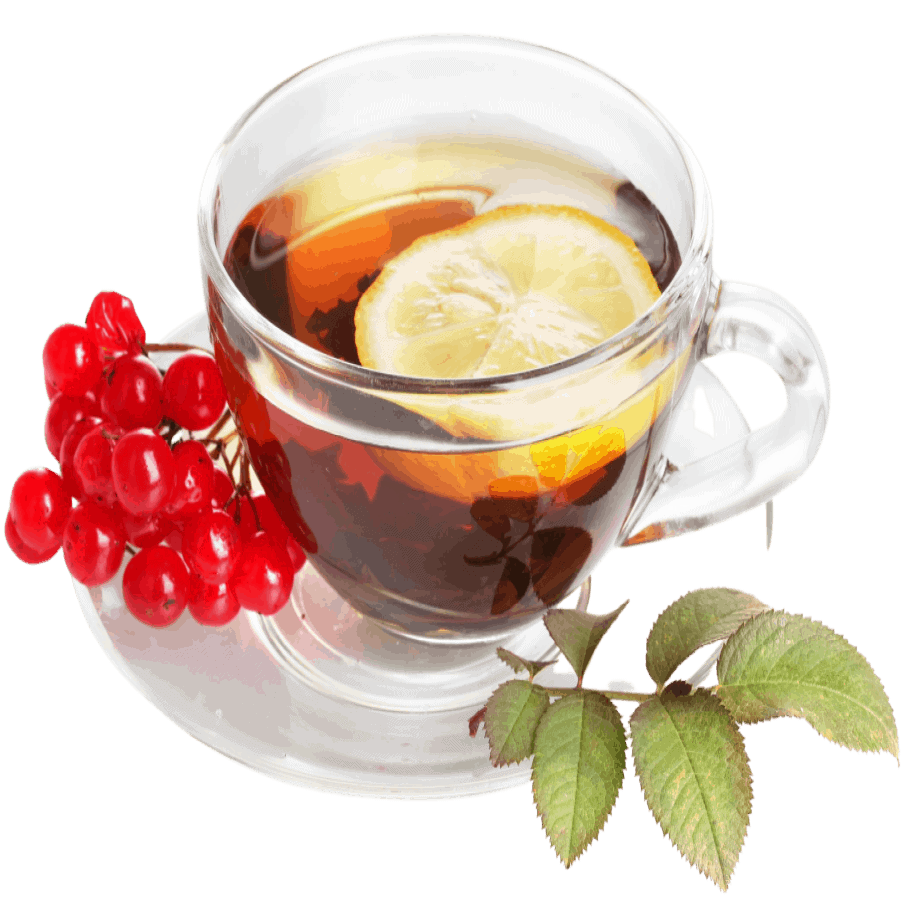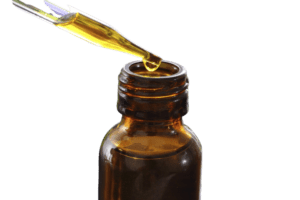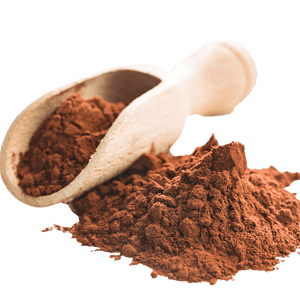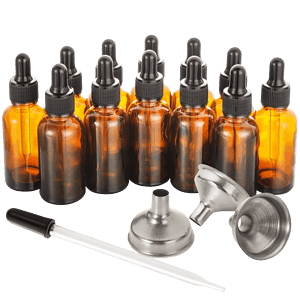By Patrick Jones, DVM
In 1928 the world changed. A microbiologist named Alexander Flemming discovered a miracle. The miracle was called penicillin. Penicillin is a chemical produced by the Penecillium mold. The mold doesn’t like to compete with bacteria…so it kills them. Penecillin’s discovery opened the door to more research and antibiotics were born. More and more of these wonder drugs were discovered, developed and marketed. Disease was on the ropes and it seemed mankind had struck a devastating and final blow to the microbial world. It seemed only a matter of time before bacterial disease was eradicated from the face of the Earth. In the midst of the enthusiastic physicians’ cries that the germ war was over and the businessmen’s rejoicing over the birth of a new multi-billion dollar industry, was one quiet voice of concern. It was Alexander Flemming again. He said he was seeing something unusual in his laboratory…some of the bacteria were becoming resistant. No one listened.
In 1929, one year after Flemming discovered penicillin, 14% of Staphylococcus aureus bacteria had become resistant to the drug. In 1950, 59% were resistant. In 1995 the number had reached 95%. Other antibiotics have produced similar results. Our hospitals are now populated by “Super Bugs” some of which are resistant to all known antibiotics.
As a result of the indiscriminate use of antibiotics the microbial world has changed. For most species, evolution takes eons. For bacteria, it takes days. When a bacterium is born that is naturally resistant to an antibiotic, it has the ability to transfer that resistance to other bacteria, not merely by passing the gene to its own offspring (at a reproductive rate 500,000 times faster than our own) but also directly to other adult bacteria. On their cell membranes, bacteria carry small packages of DNA called plasmids. When two bacteria meet, they exchange plasmids and incorporate the other bug’s DNA into their own…and they don’t even have to be the same kind of bacteria! Even worse, the bacteria seem to have the equivalent of a microbial “internet” using chemical signals to communicate with other bacteria inviting them to come and get a copy of the neat new, drug-resistant plasmid they have. Researchers have also proven that bacteria can develop resistance to multiple other antibiotics with exposure to only one drug.
Fortunately there is another solution, medicinal herbs. Many plants contain anti-bacterial compounds. Almost without exception, those compounds are more complex and vastly more numerous than the medicines found in antibiotic pharmaceuticals. For example, penicillin has one active ingredient…penicillin. Garlic by comparison, contains about 37 active ingredients. These complex botanical wonders present the bacteria with such numerous and varied chemicals that resistance is practically impossible. Combine several herbs together and you can increase the effect dramatically.
In addition to anti-microbial herbs, there are also many herbs that stimulate the immune system making it easier for the body to resist or defeat infections. There are even herbs with anti-viral properties. Something that modern medicine is just beginning to address with pharmaceuticals (and which will certainly meet with the same resistance issues that bacteria have developed).
There have been many times in my veterinary practice when I have been faced with patients with severe infections that were not responsive to antibiotics either due to resistant bacteria or viruses. With the help of botanical allies, I often have success turning these cases around.
Our Immunity formula supports the body’s normal resistance to bacterial and viral pathogens. With allies like these we may win the war after all.


